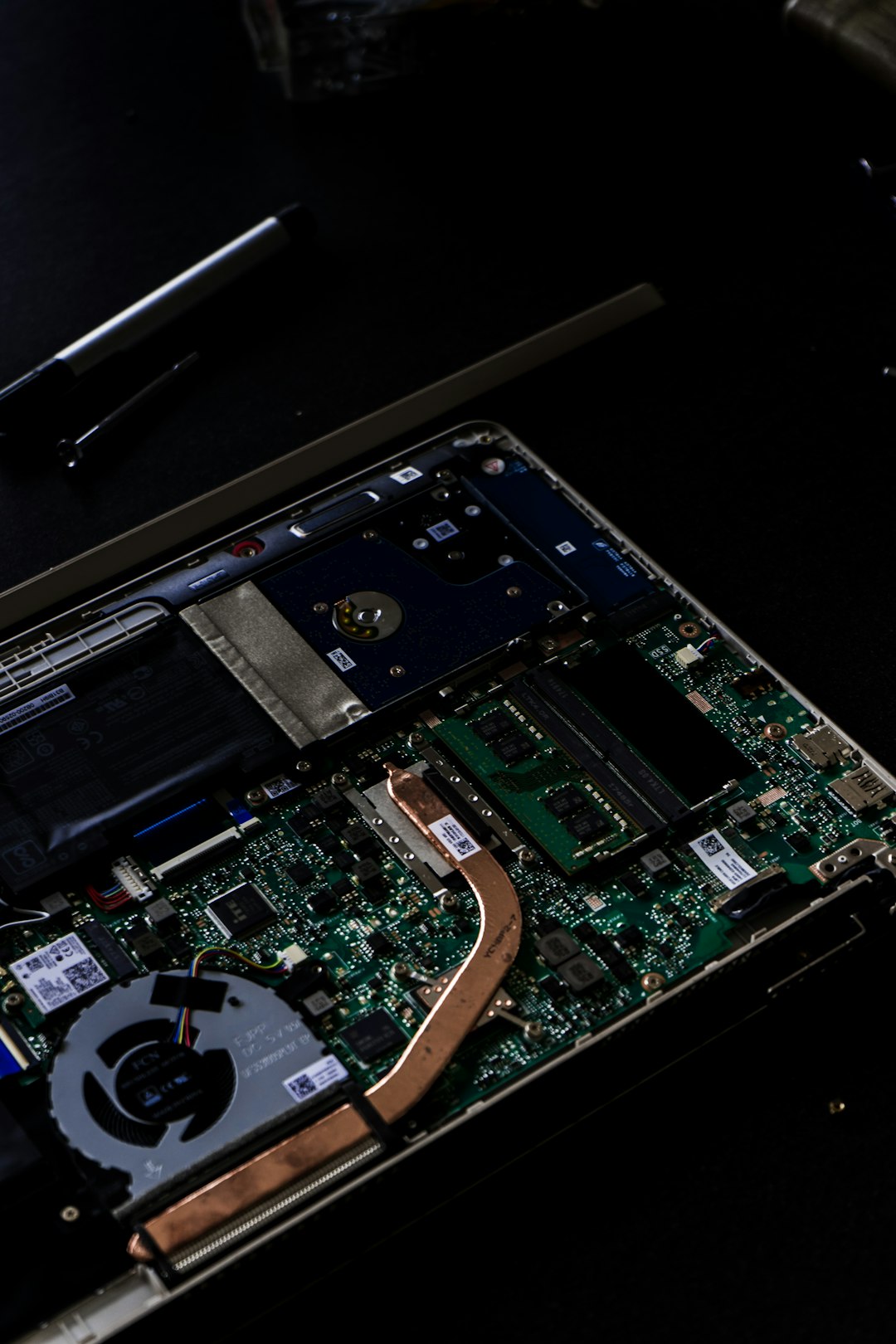In today’s digital age, the threat of malware infections on our devices is more prevalent than ever before. Malware, short for malicious software, is a type of software designed to disrupt, damage, or gain unauthorized access to a computer system. From viruses and worms to ransomware and spyware, there are countless different types of malware that can wreak havoc on our devices and compromise our sensitive information.
With the increasing reliance on technology in our daily lives, it’s essential to take proactive measures to protect our devices from malware infections. In this blog post, we’ll discuss some tips and best practices to help prevent malware infections on your devices and keep your data safe and secure.
1. Install Antivirus Software
One of the most basic but crucial steps in protecting your devices from malware infections is to install reputable antivirus software. Antivirus software is designed to detect, prevent, and remove malware from your devices, helping to keep them safe from cyber threats. Make sure to keep your antivirus software up to date and regularly scan your devices for any signs of malware.
2. Keep Your Software Up to Date
One common way that malware can infect your devices is through outdated software. Hackers often exploit vulnerabilities in outdated software to gain access to your devices and install malware. To prevent this, make sure to regularly update your operating system, applications, and software to the latest versions. Most software updates include security patches that help protect your devices from malware infections.
3. Be Mindful of Email Attachments and Links
Email is a common vector for malware infections, with hackers using phishing emails to trick users into clicking on malicious attachments or links. To prevent malware infections through email, be cautious of suspicious emails from unknown senders or that contain unexpected attachments or links. Do not click on any links or download attachments from suspicious emails, as they may contain malware that could infect your devices.
4. Use Strong Passwords
Weak passwords are a major security risk and can make it easier for hackers to gain unauthorized access to your devices and install malware. To prevent malware infections, make sure to use strong, unique passwords for all your accounts and devices. Avoid using easily guessable passwords, such as “123456” or “password,” and consider using a password manager to securely store and manage your passwords.
5. Enable Two-Factor Authentication
Two-factor authentication adds an extra layer of security to your devices by requiring a second form of verification, such as a one-time code sent to your phone, in addition to your password. By enabling two-factor authentication on your devices and accounts, you can help prevent unauthorized access and protect your devices from malware infections.
6. Secure Your Network
Securing your network is essential in preventing malware infections on your devices. Make sure to use a strong password to protect your Wi-Fi network and consider setting up a firewall to filter incoming and outgoing network traffic. Additionally, avoid connecting to public Wi-Fi networks, as they may be unsecured and vulnerable to malware attacks.
7. Backup Your Data
Regularly backing up your data is a critical step in protecting your devices from malware infections. In the event that your devices are infected with malware and your data is compromised, having backups can help you recover and restore your data. Consider using cloud storage or an external hard drive to backup your data regularly.
8. Be Cautious of Downloads
Downloading software or files from unknown or untrustworthy sources can increase the risk of malware infections on your devices. To prevent malware infections, only download software and files from reputable sources and always verify the authenticity of the downloads before installing them on your devices.
9. Use a Virtual Private Network (VPN)
A virtual private network (VPN) encrypts your internet connection and helps protect your devices from malware infections when browsing the web. By using a VPN, you can keep your online activities private and secure, preventing hackers from intercepting your data and installing malware on your devices.
10. Educate Yourself and Stay Informed
Finally, staying informed about the latest cybersecurity threats and best practices is essential in preventing malware infections on your devices. Educate yourself on how malware works, common attack vectors, and ways to protect your devices from cyber threats. By staying informed and proactive, you can help prevent malware infections and keep your devices safe and secure.
In conclusion, malware infections can pose a significant threat to our devices and our sensitive information. By following these tips and best practices, you can help prevent malware infections on your devices and protect your data from cyber threats. Remember to install antivirus software, keep your software up to date, be cautious of email attachments and links, use strong passwords, enable two-factor authentication, secure your network, backup your data, be cautious of downloads, use a VPN, and educate yourself about cybersecurity. By taking proactive measures to protect your devices, you can stay one step ahead of malware and keep your devices safe and secure.

